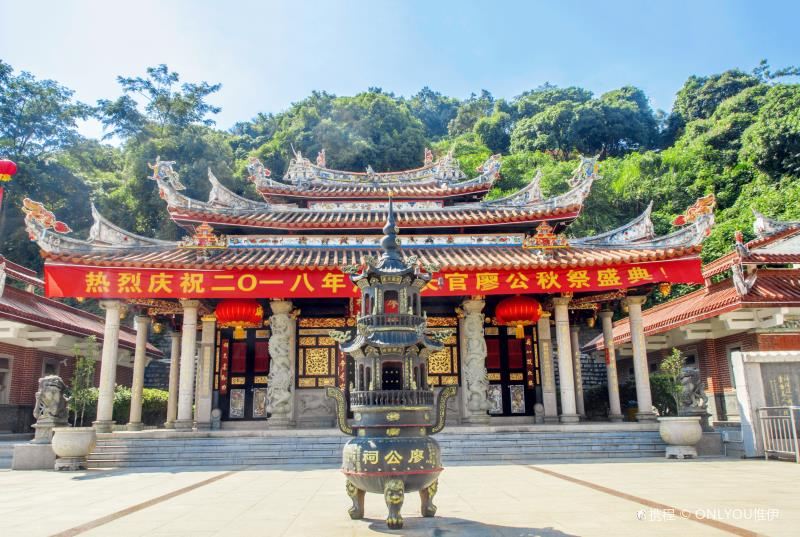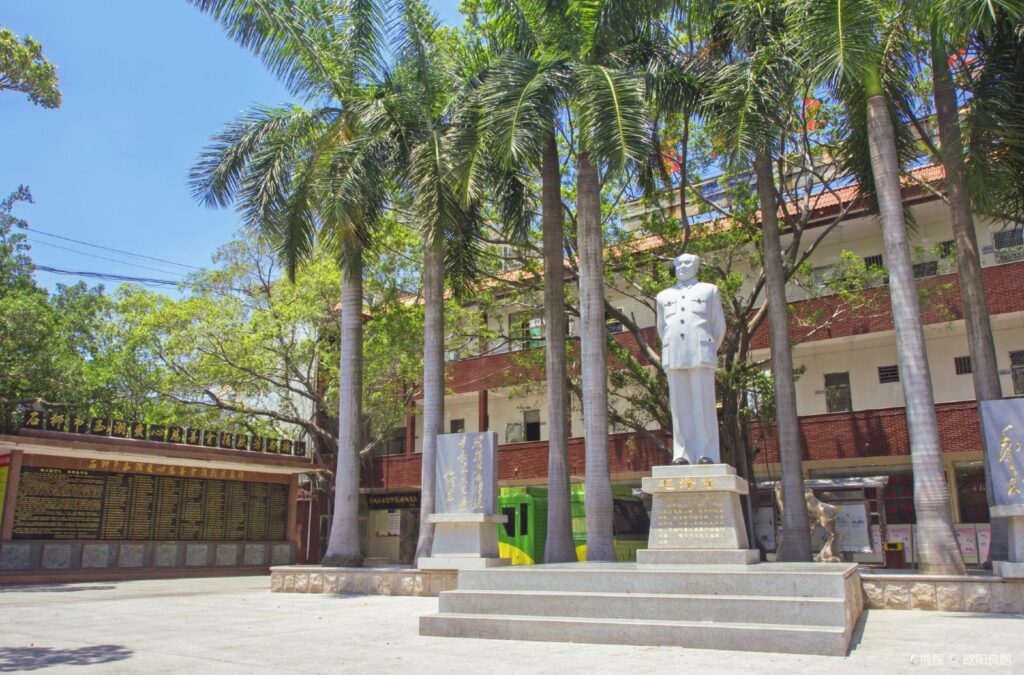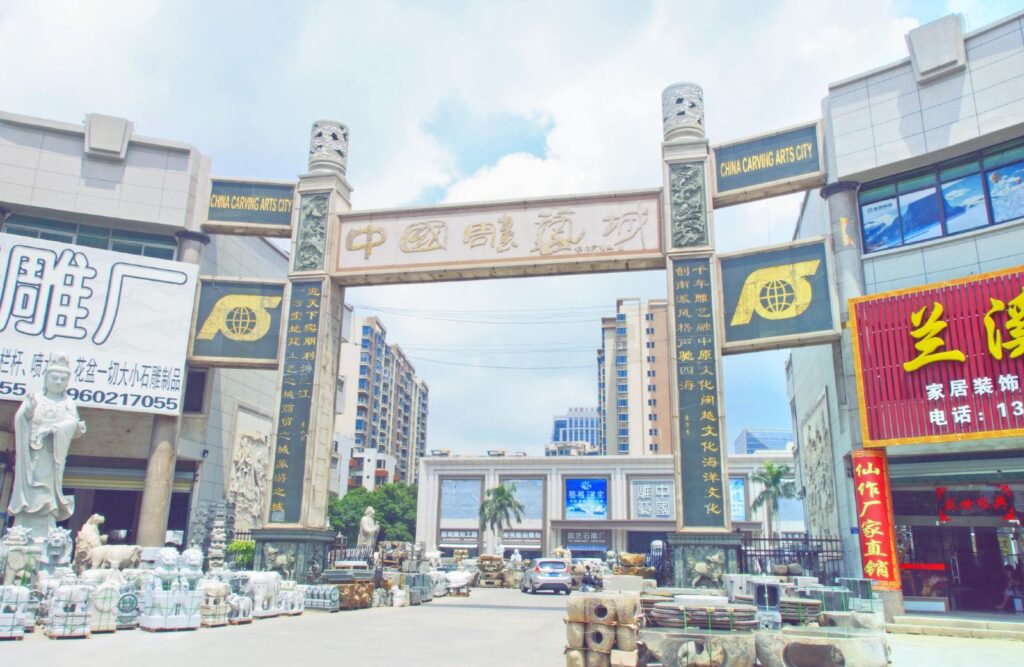Quanzhou Confucius Temple was first established at the end of the Tang Dynasty’s Kaiyuan period, with the then Prime Minister Zhang Jiuling inscribing the plaque ‘Temple of Lu Sikou’. In the early years of the Northern Song Dynasty’s Taiping Xingguo, the temple was relocated to its current site. After several renovations, the temple gradually took on its complete layout with a school to the left and the temple to the right, expanding in scale to cover nearly a hundred acres.
It became an important base for the spread of Confucian culture, a central part of Chinese traditional culture, along the southeast coast and even in Southeast Asia. It is one of the larger Confucian temple complexes in the southeast region. In 2001, the temple was designated as a National Key Cultural Relic Protection Unit, being one of the two Confucian temples in Fujian Province to hold this status. The Dacheng Hall features a typical Song Dynasty double-eave wu dian style structure. The hall’s body is constructed with dougong and抬梁 architectural elements, supported by 48 white stone pillars. There are eight stone-carved dragon eaves pillars, and in the center of the Dacheng Hall stands a statue of Confucius, with a plaque inscribed by Emperor Kangxi of the Qing Dynasty hanging on the beam, which reads ‘Model for All Ages’. To the east of the Dacheng Hall are the Chong Sheng Hall, the Ming Dynasty Officials’ Temple, and the Ming Lun Hall. Many cultural relics, including the Confucius Spring Well with poems inscribed by Song Dynasty governors, are well-preserved within the temple. These structures form a complete Confucian temple complex. The temple is open all year round from 09:00 to 17:00.Quanzhou Confucius Temple: A Historical and Cultural Landmark
Quanzhou Confucius Temple was first established at the end of the Tang Dynasty’s Kaiyuan perio[...]









